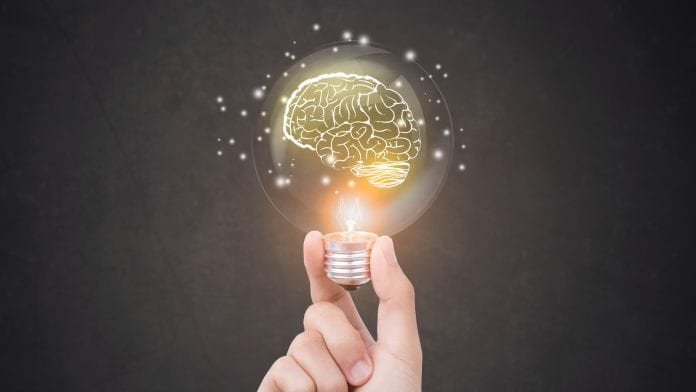
According to researchers from the Medical College of Georgia at Augusta University, USA, Excitatory neurons and oestrogen in the brain is important to making memories.
Neurons in both males and females generate excitatory neurons and oestrogen, and now scientists have demonstrated that when they don’t, their brains have significantly less dense spines and synapses – both key communication points for neurons – in the biggest part of their brain, called the forebrain.
Impaired spatial reference memory
Dr. Darrell Brann, interim chair of the Department of Neuroscience and Regenerative Medicine at the Medical College of Georgia at Augusta University, explains: “We think this shows oestrogen has a clear role in synaptic plasticity, how the neurons communicate and in memory.”
As reported in the Journal of Neuroscience, researchers have discovered that mice whose neurons don’t make oestrogen have impaired spatial reference memory, as well as recognition memory and contextual fear memory.
Restoring oestrogen levels to the brain area rescues these impaired functions, Brann and his colleagues report.
It was known that aromatase, the enzyme that converts testosterone to oestrogen, was made in the brain’s hippocampus and cerebral cortex in a variety of species that includes humans, and that they all can have memory deficits when aromatase is blocked. Patients who take an aromatase inhibitor for oestrogen-dependent breast cancer also have reported memory problems.
Excited about excitatory neurons
The researchers knocked aromatase out of the forebrain, which includes the hippocampus, and this has a role in making long-term memories and spatial memory, and the cerebral cortex, which is important to memory, attention, awareness and thought.
They depleted aromatase only in the excitatory neurons – called excitatory because they help make some action like a thought happen – in the forebrain as a way to focus on the role of oestrogen produced by these brain cells.
A 70-80% decrease in aromatase and oestrogen levels in the neurons in these areas of the brain occurred along with the fact that the knockout mice can’t remember as well as the normal mice.
They put male and female mice through extensive behavioural testing. They included mice that also had their ovaries removed as a control, to ensure that no circulating oestrogen ended up in the brain.
Electrophysiological studies of slices of the oestrogen-altered brain showed that while long-term potentiation – which is the process by which synapses strengthen to form a memory – worked, it didn’t function to nearly the same degree. But, putting an equivalent oestrogen directly onto slices of the hippocampus restored that ability within minutes.
Knocking out aromatase also decreased expression of CREB, a major transcription factor known to play a key role in learning and memory, the scientists write, as well as neuron-nourishing brain derived neurotrophic factor, or BDNF.
Exploring excitatory neurons and oestrogen
Despite the cognitive defects, the scientists only saw depression-like behaviour in the animals with their ovaries removed, and movement and anxiety levels were normal in all the mice.
The researchers explain that there are many blanks left to fill in before the natural process will be understood so treatment potential could be explored. That includes learning more about what is regulating brain aromatase, whether brain oestrogen levels decrease with normal aging and, if they do, what could be used to increase aromatase and oestrogen production in the brain.






















